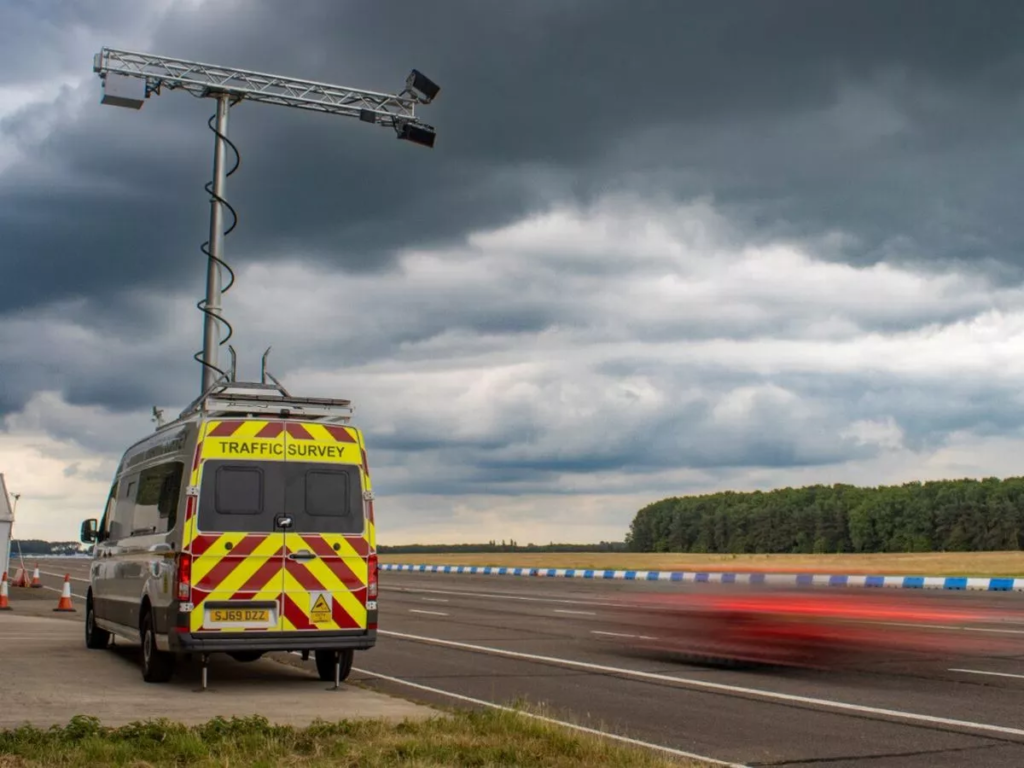|
Getting your Trinity Audio player ready...
|
A recent operation conducted by Hampshire and Isle of Wight Constabulary and Thames Valley Police from 17th to 21st July, targeting commercial vehicles, demonstrated the power of Artificial Intelligence (AI) in detecting traffic violations. Using an AI-equipped van with advanced cameras, the police were able to identify hundreds of individuals who were using mobile phones while driving or not wearing seat belts.
The operation was carried out on major roadways, specifically the A34 and the A303, where the AI technology showcased its efficiency in identifying and capturing offending behavior. Simon Gomer, head of the safer roads unit, expressed that the results from the operation shed light on the alarming prevalence of such offenses.
The AI-powered van utilizes two cameras to capture crucial footage for identifying violations. The first camera is set at a shallow angle, enabling it to detect whether drivers are using mobile phones close to their ears or not wearing seat belts. The second camera has a steeper view, allowing it to identify if a mobile phone is being used for texting while driving.

Once the AI system automatically identifies an offense, the results are subjected to double-checking by human operators before being passed on to the police for further review and action. This two-tier verification process ensures the accuracy and reliability of the data collected.
Mr. Gomer expressed enthusiasm about the successful implementation of AI technology, stating, “These are very exciting times and this has been a great opportunity for both forces to utilize the latest in AI technology.” However, he also underscored the sobering reality revealed by the operation’s results, highlighting the prevalence of distracted driving and seat belt violations.

The operation revealed that the van identified 86 drivers suspected of using mobile phones while driving, 273 drivers or passengers suspected of not wearing seat belts and 132 mechanical offenses related to vehicle issues. Additionally, five arrests were made for drug driving and disqualified driving during the week-long operation.
The use of AI in traffic enforcement not only increases efficiency in detecting violations but also sends a strong message to the public about the importance of road safety. Mr. Gomer emphasized the need for behavioral change, stating, “We will continue to spread the message that distracted driving kills, these offenses will be punished, and social habits need to change.”

The success of this operation serves as a testament to the potential of AI in enhancing law enforcement and ensuring safer roads for all. As technology continues to advance, authorities will undoubtedly explore additional applications of AI in traffic management and safety to further protect communities and save lives on the roads.



